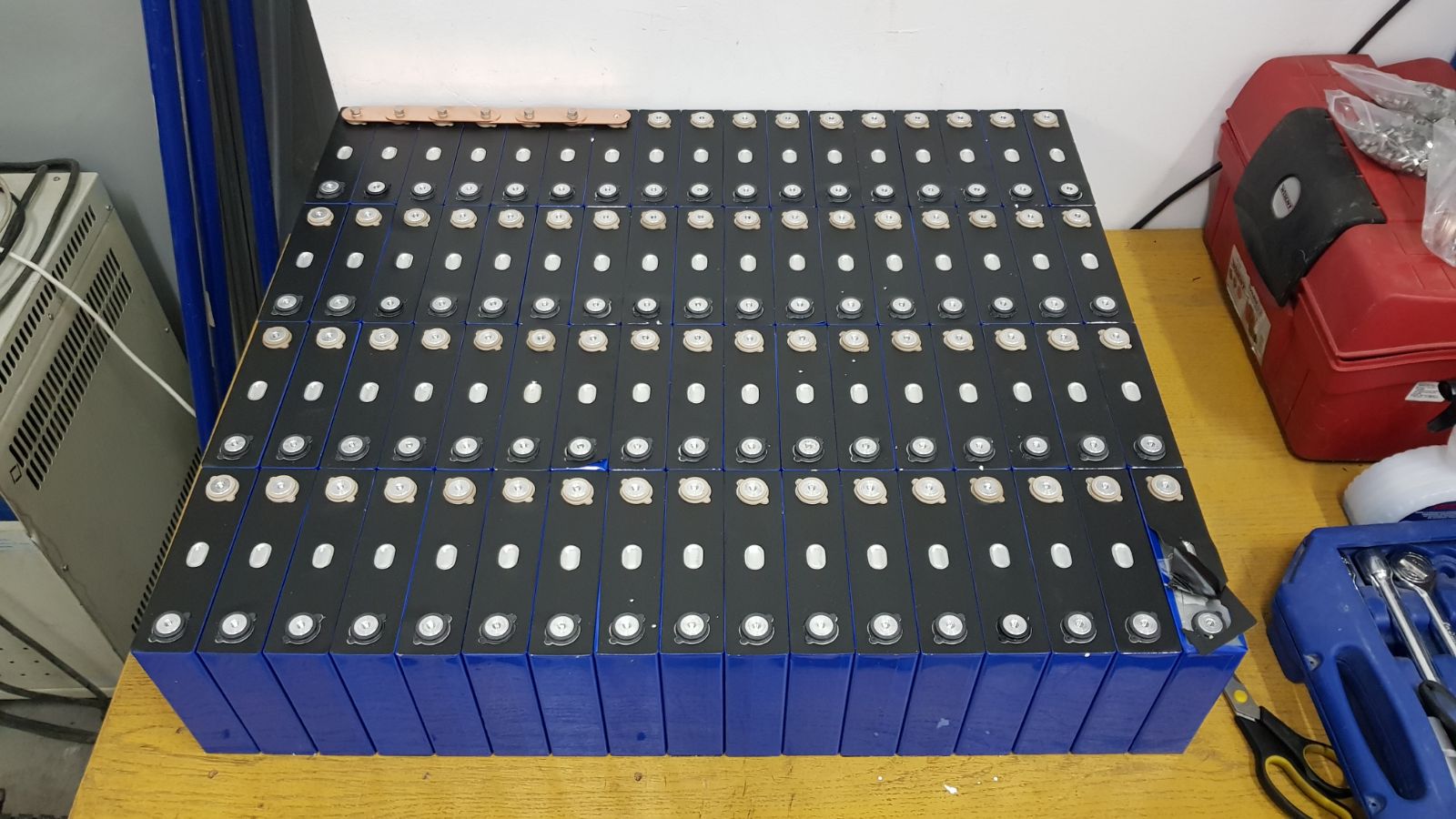
As lithium-ion batteries power more of our daily lives—from electric vehicles to solar energy storage—the debate between Lithium Iron Phosphate (LFP) and Nickel Manganese Cobalt (NMC) batteries continues to gain traction. Both technologies have their own set of advantages, and choosing the right one often comes down to your application. But if you're wondering which is better overall, let's break down the key differences to help you decide.
LFP (Lithium Iron Phosphate) batteries use lithium iron phosphate as the cathode material and deliver a stable voltage around 3.2V. Known for their thermal stability and safety, these batteries are often found in solar energy systems, backup power solutions, and electric bikes.
NMC (Nickel Manganese Cobalt) batteries, on the other hand, use a cathode composed of a mix of nickel, manganese, and cobalt, paired with a graphite anode. They produce a higher voltage—typically around 3.6–3.7V—and are widely adopted in high-performance electric vehicles, including those from Tesla and BYD.
When it comes to cost, LFP batteries are generally more affordable due to the abundance of iron and phosphate materials. In contrast, NMC batteries rely on costly metals like nickel and cobalt. While the raw materials in NMC increase the price, it's worth noting that LFP batteries have a more intricate manufacturing process, which can offset some of the savings.
Average Cost Comparison:
NMC batteries are approximately 20% more expensive than LFP batteries for the same capacity.
LFP is the economical choice for large-scale or long-term energy storage.
If you’re looking for high energy density, NMC batteries are the winner. Their ability to store more energy per unit of weight makes them ideal for applications where performance and space are critical, such as electric vehicles.
Energy Density Range:
NMC: ~150–220 Wh/kg
LFP: ~90–160 Wh/kg
For fixed installations like solar storage, however, the slightly lower energy density of LFP isn't a dealbreaker—and the tradeoff often comes with added benefits.
Temperature tolerance is another important factor—especially in extreme climates.
LFP batteries perform exceptionally well in high temperatures but suffer significantly in the cold. Below freezing, capacity drops 10–20%, and at -20°C, efficiency can plummet to around 60%.
NMC batteries offer more balanced performance across temperature ranges, making them more reliable in colder regions.
If you're living in a temperate to hot climate, LFP still holds its ground. But for cold-weather operations, NMC is generally the better fit.
Safety is where LFP truly shines. Thanks to their chemically stable structure, these batteries are highly resistant to thermal runaway, fires, and explosions—even when punctured or damaged. The worst-case scenario usually involves minimal smoke and no flame.
NMC batteries, though equipped with modern safety controls, are more vulnerable to overheating and combustion—especially under high load or during thermal events.
For residential use, DIY solar setups, or environments where safety is critical, LFP batteries are the preferred choice.
Battery longevity is measured in charge-discharge cycles, and LFP batteries lead this category by a wide margin.
LFP batteries typically offer 3,000–6,000 cycles with proper care.
NMC batteries average around 800–1,000 cycles, though advanced versions may reach up to 2,000.
For long-term applications like off-grid power systems, LFP’s superior cycle life results in lower total cost of ownership.
With moderate use, LFP batteries can easily exceed 10 years of service. They degrade slowly and consistently, making them ideal for solar energy systems and backup storage.
NMC batteries, in contrast, usually support 2–5 years of heavy-duty service, especially when subjected to high currents and frequent use.
If longevity is your priority, LFP is the better long-term investment.
There's no universal winner—it depends entirely on your application.
Maximum safety for home or commercial use
Long cycle life and service life
Budget-friendly energy storage
Thermal stability in hot climates
Higher energy density for weight-sensitive applications (like EVs)
Better cold-weather performance
Short-term, high-output power
Compact size with powerful output
In the battle of LFP vs. NMC, the right choice isn't about picking a winner—it’s about selecting the battery that matches your specific requirements.
For solar energy storage, backup power, RVs, or off-grid living, LFP batteries offer unbeatable safety, longevity, and value.
For electric vehicles and mobile applications requiring high energy density and performance, NMC batteries provide superior output despite the higher cost and shorter lifespan.
No matter your application, understanding these differences ensures you make an informed, efficient, and future-ready decision.
Next:Synderys and U.S. BESS Corp Form Exclusive North American Security Partnership
Previous:China's First Hydrogen-Electric Tug Launches at Qingdao Port
Contact Person: Miss. Elsa Liu
| WhatsApp : | +8617763274209 |
|---|---|
| Skype : | +8617763274209 |
| WeChat : | 17763274209 |
| Email : | Elsa@lifepo4-battery.com |